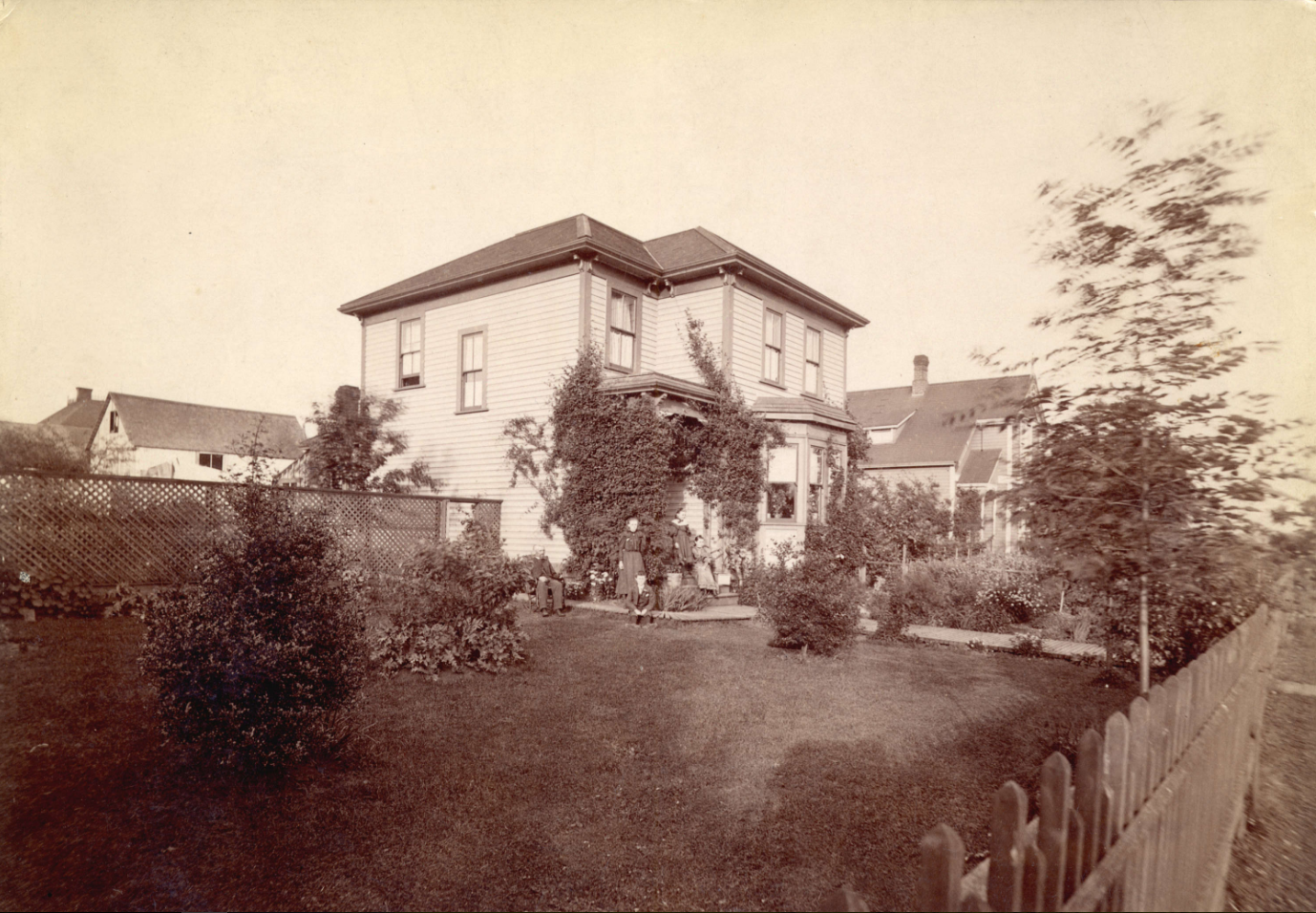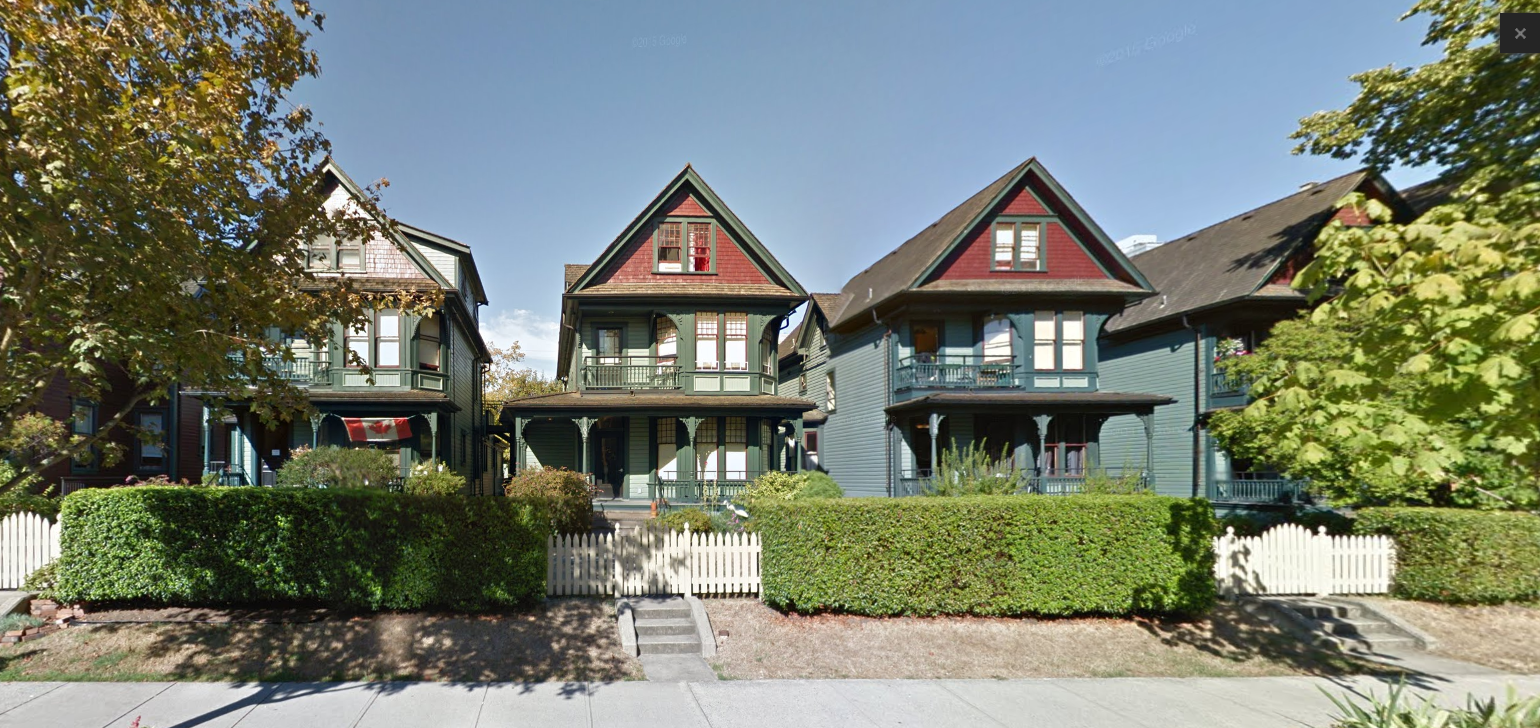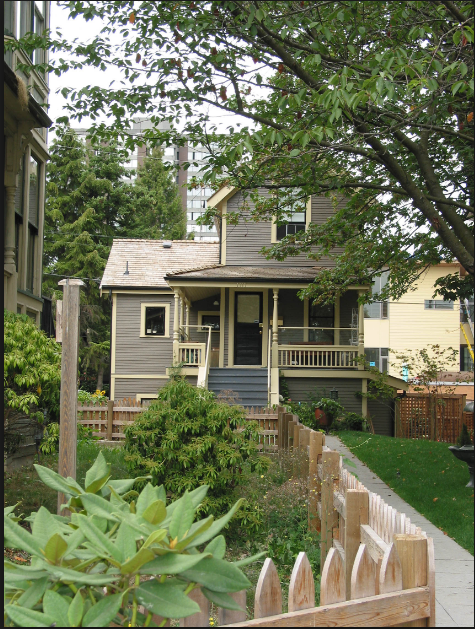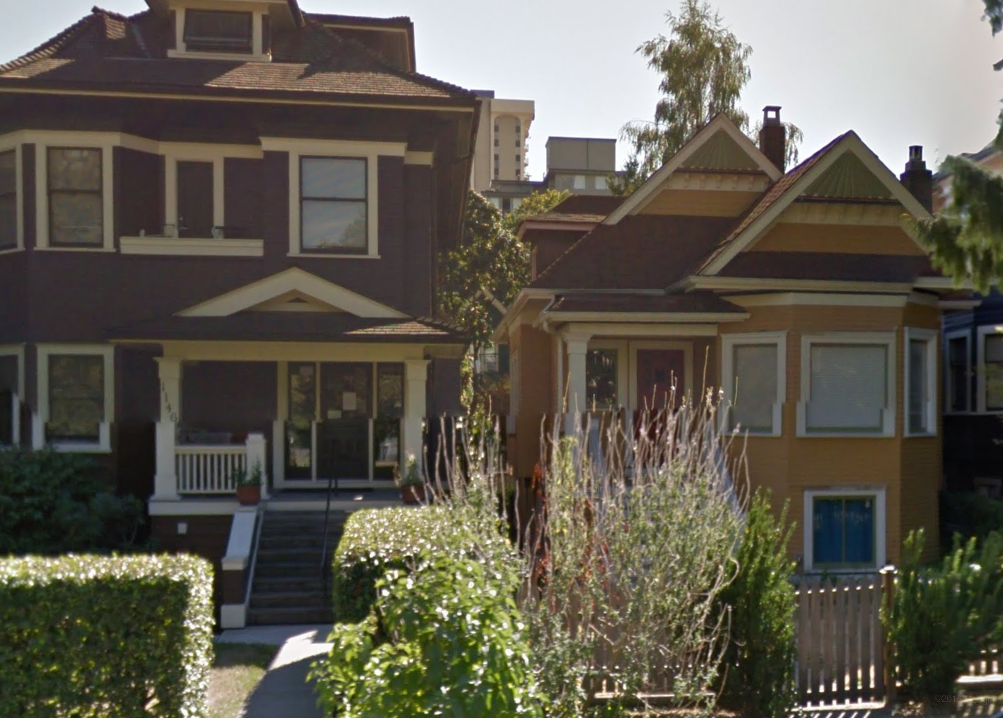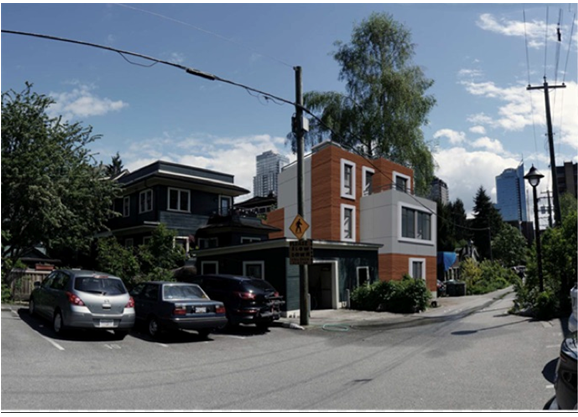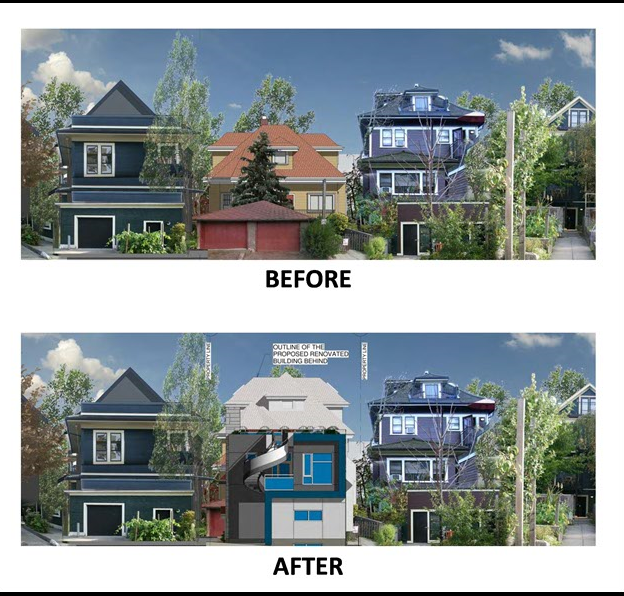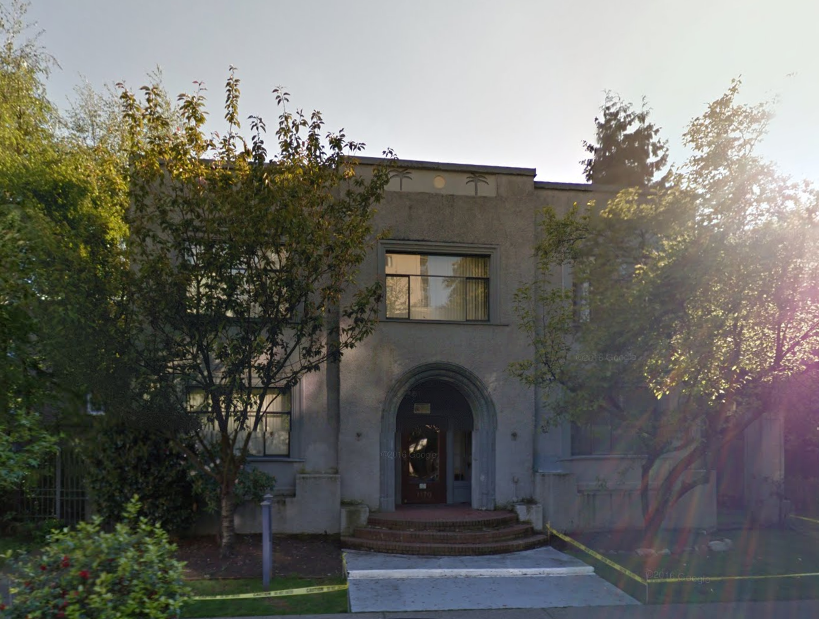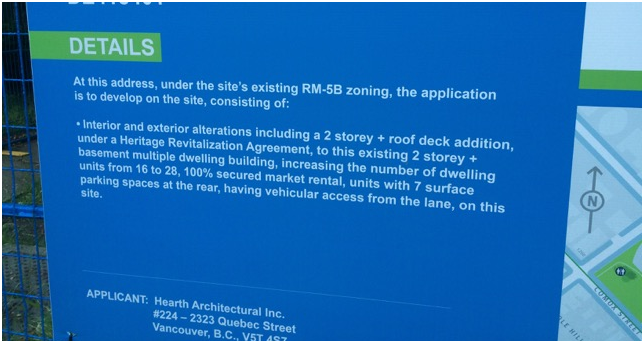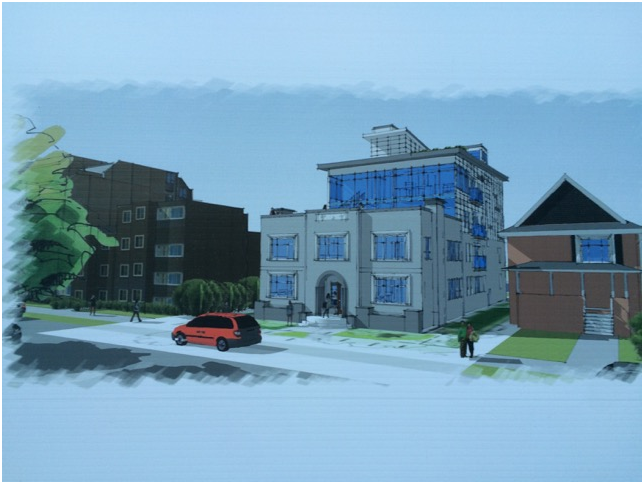Doug Bennett, lead singer of Doug and the Slugs and his wife Nancy bought an old house on Semlin Drive in 1987. The house received heritage designation last month.
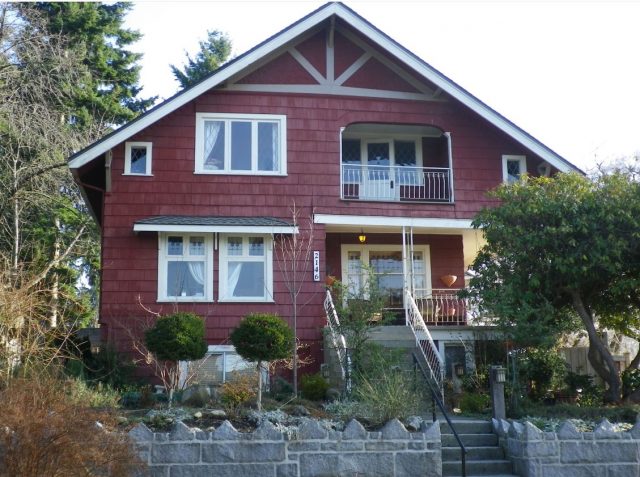
This story is from my book Sensational Vancouver
2146 Semlin Drive:
Current owners Adrienne Tanner and Mike Walker now have a Heritage Revitalization Agreement with the City of Vancouver. This means that the house cannot be demolished or substantially altered. In return, the owners can sub-divide the lot and build a second house with a rental suite.
Michael Kluckner, past chair of the Vancouver Heritage Commission tells me: “This is a great, unfortunately rare, example of a heritage project where the old house will be retained rather than stripped to its studs and rebuilt with new materials. It and its garden will survive much as it has for decades. The large lot and the fact the house stood on a corner made it easy to subdivide, and the new house will be a good addition to the neighbourhood.”
Built in 1911:
The seven-bedroom house in Grandview-Woodland, was built by Charles Kilpin, a carpenter and builder in 1911. He filled it with large art glass windows, fireplaces and lots of verandahs. The Kilpin’s lived there until 1920, when the house sold to Harry and Susie Wilson of Wilson’s Shoe Store. The house stayed in the family for the next 50 years, and other families followed including the Bennetts in the ’80s.
Doug was born in Toronto, moved to Vancouver in 1973 and became a graphic artist at the Georgia Straight. Four years later he formed Doug and the Slugs and notched up four gold albums. Doug emerged as a respected singer and songwriter, actor, producer, video maker and comedian. He designed his own album covers.
The band had several hits that he wrote including “Making it Work” and “Tomcat Prowl.” I love this quote by the Vancouver Sun’s John Mackie: “In an age of glamorous video-friendly performers, Bennett was an Everyman in a Sally Ann Suit, an independent spirit who succeeded through sheer determination and a unique talent.”
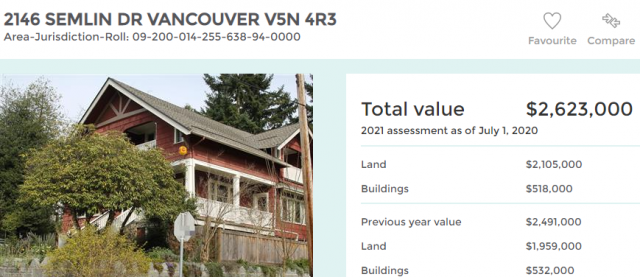
Doug died in October 2004 just a few weeks shy of his 53rd birthday. At the time he was living at the Eldorado Motor Hotel on Kingsway and his cause of death was reported as a “long-standing illness.”
The house was on a Vancouver Heritage Foundation tour in 2011. According to the guidebook, the band painted a mural on the dining room wall that showed their perspective of the history of Canada. I desperately want this to be true. If you know anything about this—or even better have a photo—please get in touch eve@evelazarus.com or leave a comment.
© All rights reserved. Unless otherwise indicated, all blog content copyright Eve Lazarus.



